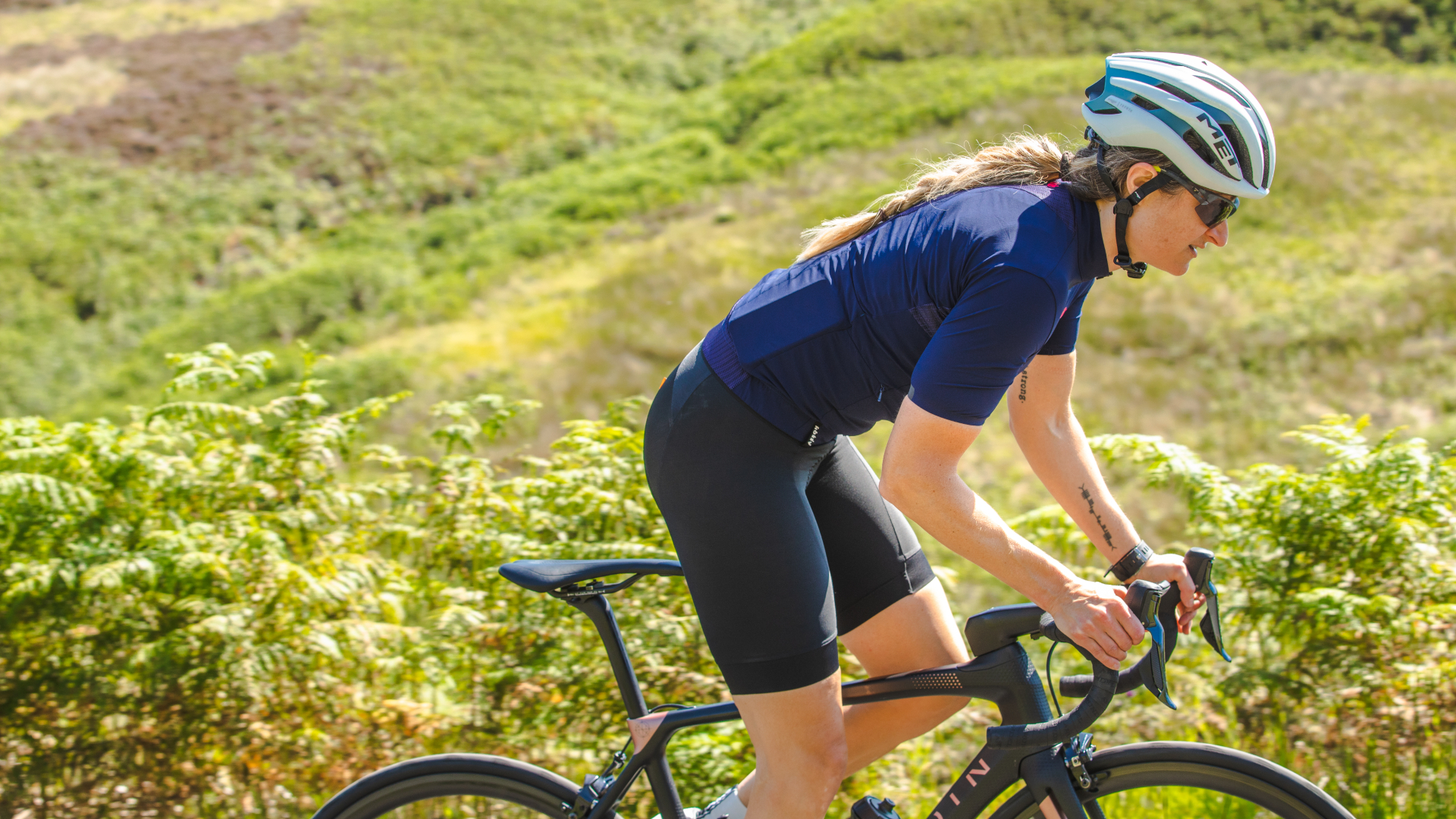Scott Contessa Solace 15 review
A women's specific bike that aims to balance power and comfort

Slender tube profiles reminiscent of a traditional steel frameset and a contemporary design means the bike scores highly when it comes to aesthetics. The ride strikes a near perfect balance between comfort and performance, and while some may find the front end a little high, long distance comfort is superb. With so few rival women’s specific bikes that can compete in terms of performance, spec and looks, the Contessa Solace 15 truly is a standout machine
-
+
Shimano Ultegra throughout
-
+
Performance
-
+
Good looks
-
+
Women’s specific
-
-
Rear brake position requires expert set-up
You can trust Cycling Weekly.
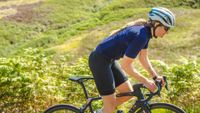
The Contessa Solace is the women’s specific version of Scott’s latest endurance bike. The Solace 15 sits at the top of Scott’s women’s Contessa range that features seven bikes including the entry-level aluminium Speedster.
Perhaps a little unfairly for women looking for an out-and-out racer, the range-topping Foil aero bike and the lightweight Addict range are currently only available as men’s bikes.
Frame
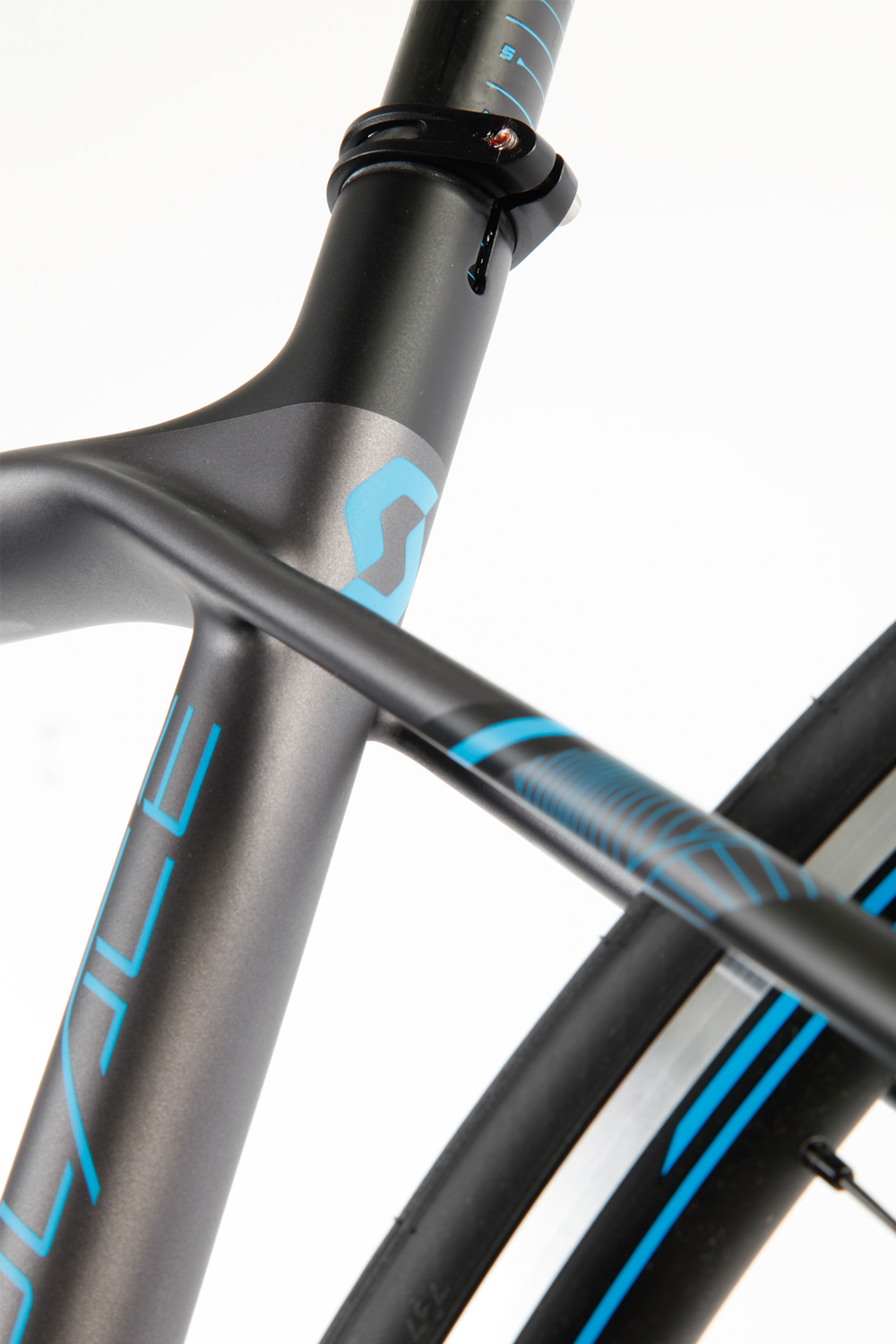
The difference with the Scott Contessa Solace 15 and the standard Solace is the geometry. There’s no exact equivalent sizes to make direct comparisons, but suffice it to say there are smaller sizes in the Contessa range which come with more stack and less reach, resulting in a more upright position in the saddle.
>>> The best women’s bike saddles
Made from high modular carbon-fibre, the Scott Contessa Solace 15 shares the same dual personality as the standard Solace, in that the frame is split into two ‘zones’ — power and comfort.
Get to know training zones
The power zone comprises the tapered head tube, oversized down tube, asymmetrical chainstays and a huge bottom bracket (BB86) that has been designed for maximum power transfer by being incredibly stiff. Everything else, including the fork legs, fits into the comfort zone.
The latest race content, interviews, features, reviews and expert buying guides, direct to your inbox!
Hiding the rear brake under the chainstays, next to the bottom bracket, has done away with the need for a brake bridge and corresponding load-bearing seatstays.
>>> Are direct-mount brakes the future?
This design approach has allowed Scott engineers to get away with the use of pencil-thin seatstays that flow right through to meet the top tube, which according to Scott allows for greater deflection of both tubesets.
Specification
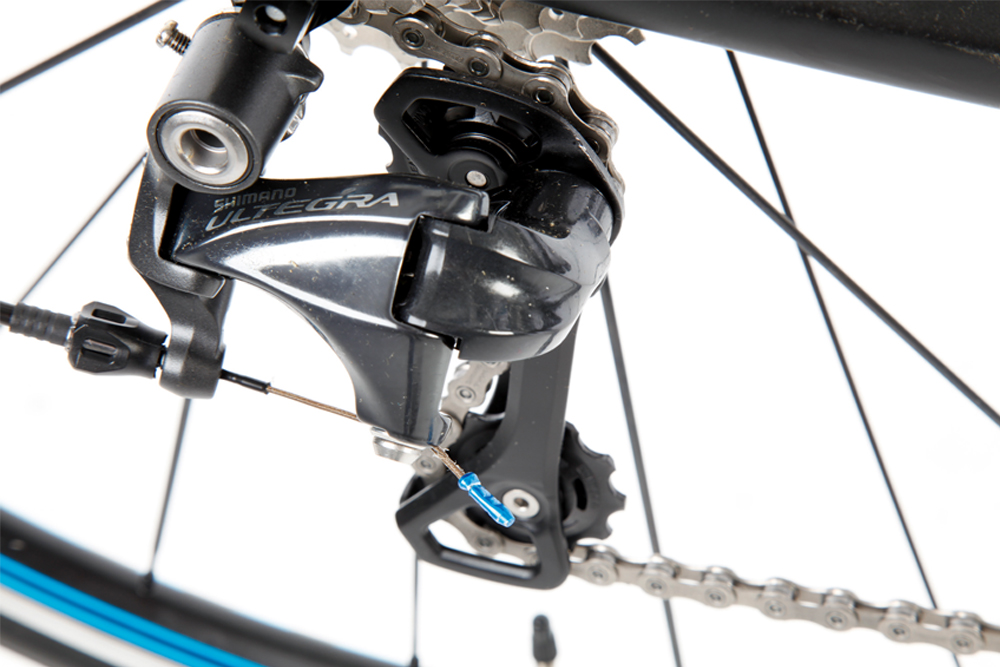
As the range-topping Contessa Solace, the 15 is specced reasonably highly with 11-speed Shimano Ultegra 6800 throughout.
The compact 50/34 chainset and 11-32t cassette won’t be to everyone’s taste, but as a consumable you’ll be changing these at some point anyway and they’re much better suited to an endurance bike than a standard 53/39 chainset with 12-23t cassette.
All you need to know about Shimano's second tier groupset
Syncros is Scott’s in-house component brand. It’s another plus point as it’s well-engineered, top quality equipment. With the exception of the wheels, you wouldn’t be looking to make any initial upgrades.
Ride
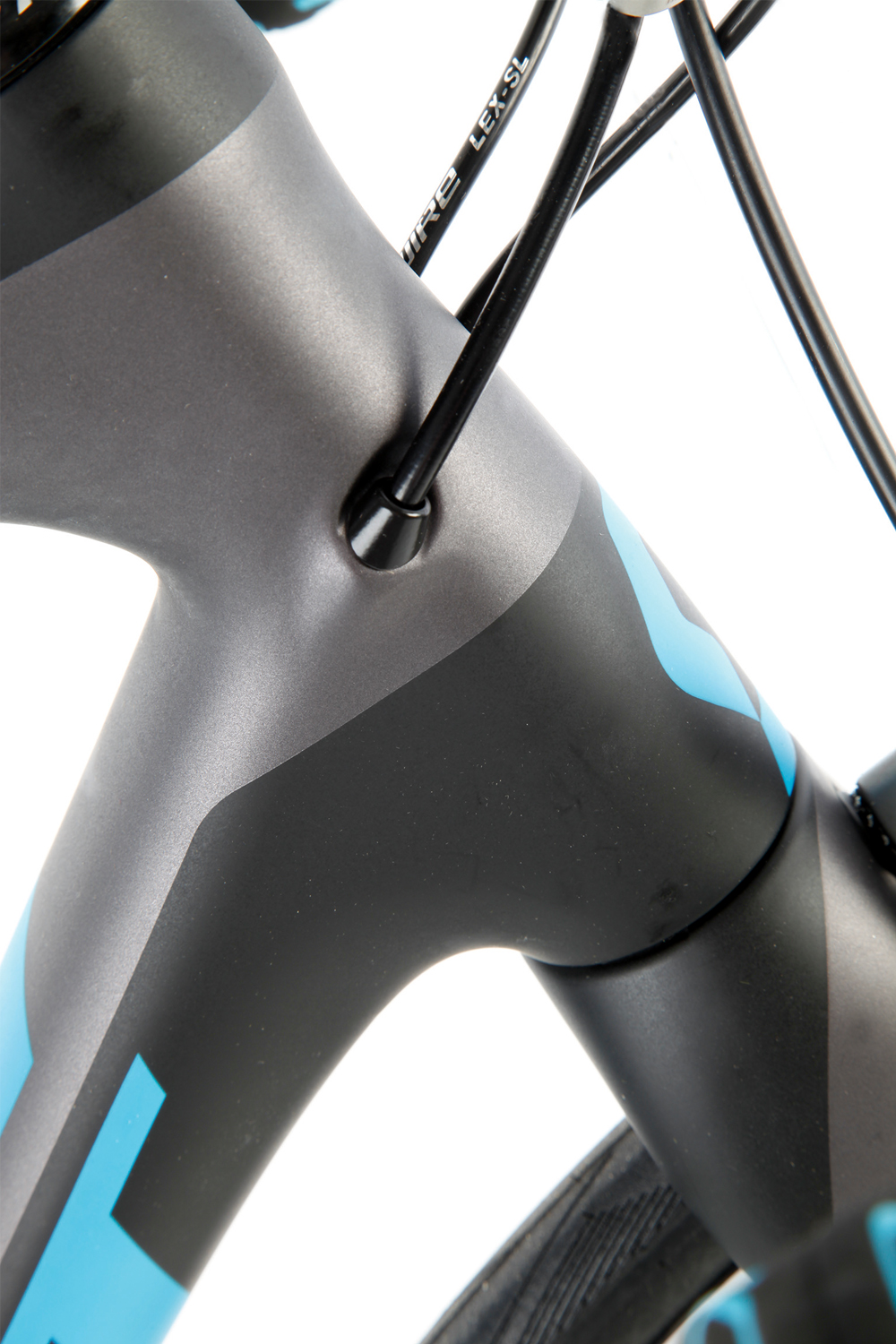
It was clear from the first pedal rev that the Contessa Solace 15 is anything but a slouch. In the saddle it delivers with a responsive turn of speed and after a couple of three-hour jaunts on it, I was left far from battered and bruised — suggesting that Scott’s engineers also have the comfort factor nailed.
It’s planted and predictable. But there is a niggle: that tidy rear end makes any rear brake adjustment a pain in the proverbial.
As a rule, once the dual pivot/direct mount rear brake has been set up, it should only ever need occasional adjustment.
However, you may want to set it slightly wider than you’re used to on the Solace as I found that the compliant rear end occasionally caused the wheel rim to kiss the brake pad when out of the saddle while climbing and accelerating out of corners.
Value
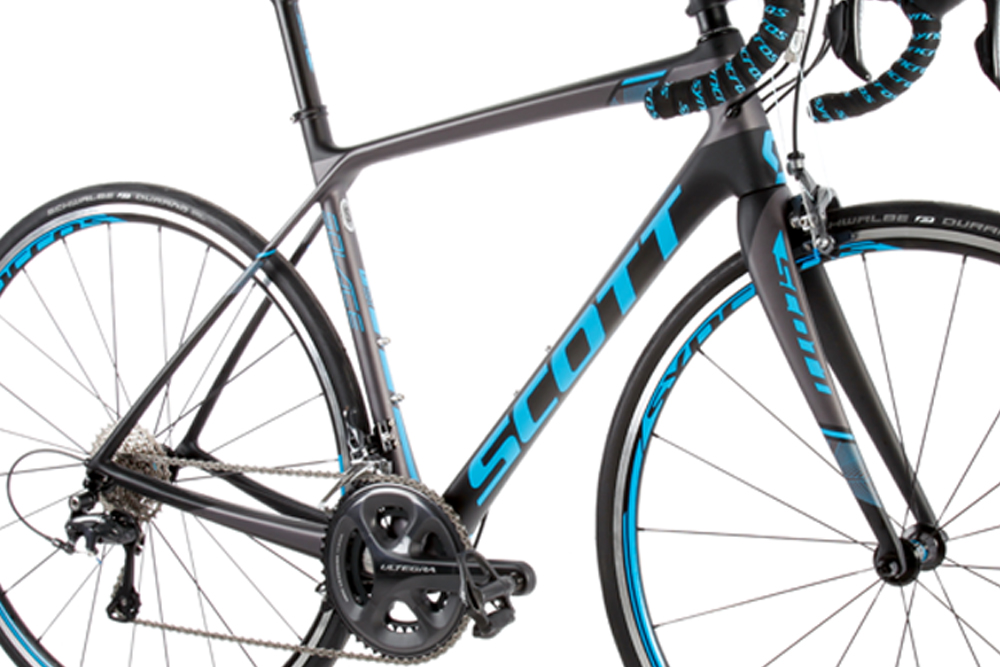
With full Shimano Ultegra at under two and a half grand, the Contessa Solace 15 is a very rare find and offers excellent value.
The wheels are where you would gain most improvements from an upgrade; the Syncros RP2.0 so far seem more than up to the job, but a lighter, faster-rolling set of wheels would enhance the ride.
Hannah is Cycling Weekly’s longest-serving tech writer, having started with the magazine back in 2011. She has covered all things technical for both print and digital over multiple seasons representing CW at spring Classics, and Grand Tours and all races in between.
Hannah was a successful road and track racer herself, competing in UCI races all over Europe as well as in China, Pakistan and New Zealand.
For fun, she's ridden LEJOG unaided, a lap of Majorca in a day, won a 24-hour mountain bike race and tackled famous mountain passes in the French Alps, Pyrenees, Dolomites and Himalayas.
She lives just outside the Peak District National Park near Manchester UK with her partner, daughter and a small but beautifully formed bike collection.
